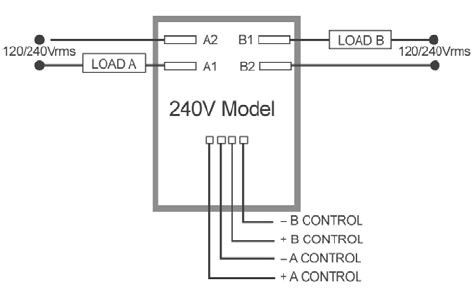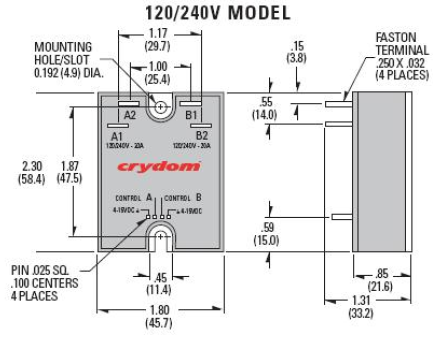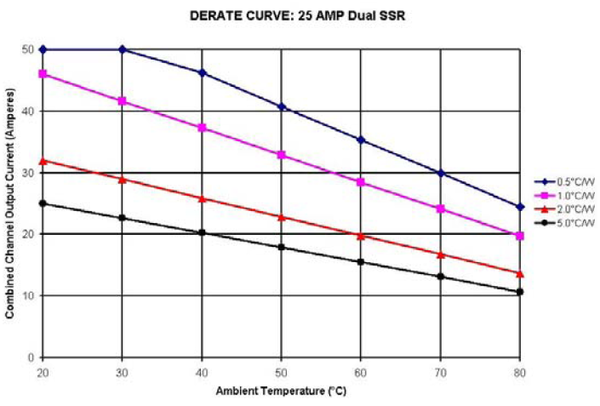ScubaSteve
Well-Known Member
- Joined
- May 21, 2007
- Messages
- 3,673
- Reaction score
- 91
Yeah, that's about right from when I remember. You can find 240V, 30A DPST switches at mouser.com for a little cheaper than $10.
When I looked at 2-pole contactors (which take up a lot of space in the box) I found that the price of a 2-pole contactor and a simple SPST switch was about the same as a big burly 240V,30A DPST switch, so I went for the contactor. Overly cautious and all...
Looking on mouser.com for relay contactors rated at 240vac/30A, they're all pretty expensive, like $20-$50. I know it's for safety reasons, but it could sure add up







